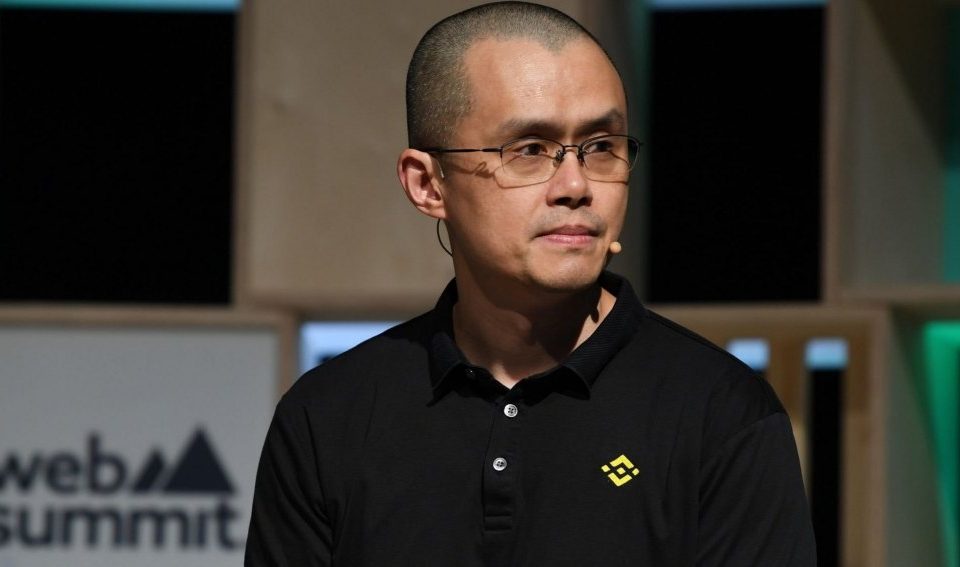Crypto investors withdrew about $6 billion from Binance’s stablecoin after US crackdown on the exchange

In December, Binance ‘temporarily paused’ withdrawals following the outflow of $1.9 billion from the world’s largest crypto exchange. Immediately after the withdrawal, Binance CEO Changpeng Zhao (CZ) took to social media to calm down investors that the outflow was not the highest withdrawal Binance had processed. “Yesterday was not the highest withdrawals we processed, not even top 5,” Zhao said.
Now, it appears the bleeding hasn’t stopped. According to the latest data from market tracker CoinGecko, Binance’s stablecoin, Binance USD, has seen around $6 billion of outflows following a U.S. regulatory crackdown on the company that issues the token.
As we reported earlier this month, Paxos Trust Company, which issues Binance USD, was ordered by New York regulators to stop minting Binance stablecoin BUSD. On the same day, the U.S. Securities and Exchange Commission (SEC) also told the company it should have registered the product as a security and is considering taking action against the platform.
Binance USD is a stablecoin that acts largely as a gateway between the crypto and the US dollar. The value of Binance stablecoin has plummeted in recent months losing about $4 billion in just two weeks alone. According to market tracker CoinGecko, the value of all Binance USD was around $10.5 billion on Wednesday, down from $16.1 billion on Feb. 13.
Founded in 2017 by Changpeng Zhao and Yi He, the Cayman Islands-based Binance is the world’s largest crypto exchange. It provides a platform for trading various cryptocurrencies. Binance also provides access to exchange digital currency pairs on the market while maintaining security, and liquidity, enabling a safe and efficient deal with anyone, anytime and anywhere.
Before founding Binance, CEO Changpeng Zhao previously founded Fusion Systems in 2005 in Shanghai; the company that built high-frequency trading systems for brokers. In 2013 he joined Blockchain.info as the third member of the cryptocurrency wallet’s team. He also worked at OKCoin as CTO for less than a year, a platform for spot trading between fiat and digital assets.




